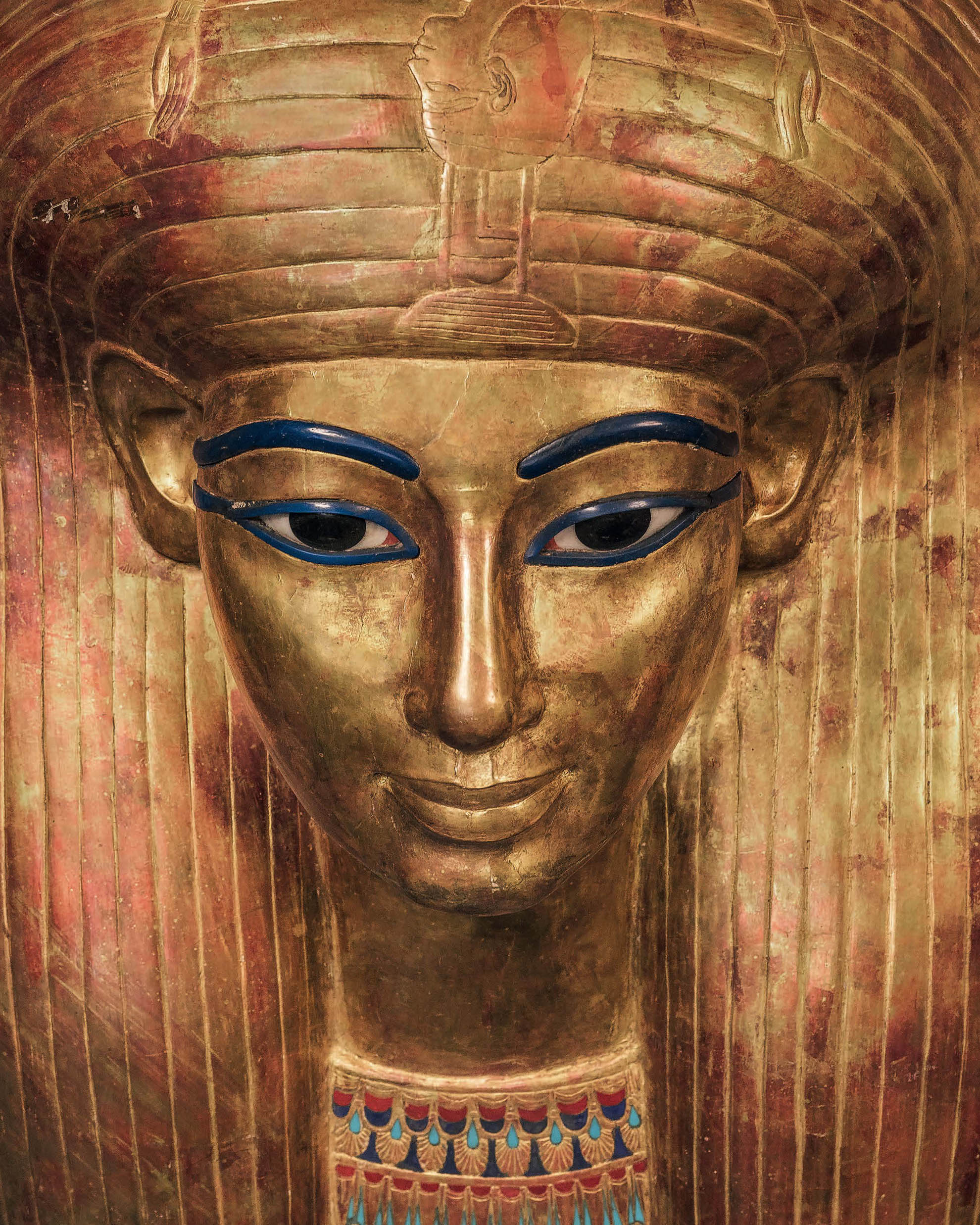
Queen for an Everlasting Day
QUEEN FOR AN EVERLASTING DAY
Théophile GautierThe royal procession advanced with great solemnity through the streets of the capital in electric vehicles designed specifically for the parade, as the crowd cheered incessantly. Leading the group was Seqenenre Tao of the Seventeenth Dynasty; behind him, another seventeen kings and four queens moved in stately unison, carried forth by humble subjects born millennia after their deaths. Egyptian culture has always treated death – and eternity – with such pomp and circumstance that a procession of this description feels like an inevitable extension of a millennia-old civilization. The twenty-two mummies parading through Cairo that evening represented nothing more than a tiny fraction of the immense treasure being transferred to the new National Museum of Egyptian Civilization, which was inaugurated in 2021. In 2025, an even more ambitious project, the Grand Egyptian Museum, opens on the Giza Plateau. At the same time, the Scuderie del Quirinale in Rome dedicates a major exhibition to the magnificence of ancient Egyptian art and civilization across different periods organized into thematic categories – monarchy, courtly customs, religious beliefs, daily life, funerary practices, and the afterworld. We pay it proper honor in these pages with images of extraordinary objects from the museums of Cairo and Luxor, leaving the commentary to the elegant prose of Théophile Gautier, who, in his Romance of the Mummy, transports us into the evocative nineteenth-century world of great excavations and discoveries along the Nile.






